
11 января 2010 года состоялась премьера фантастического пост-апокалиптического боевика с элементами триллера под названием “Книга Илая”. На первый взгляд может показаться, что фильм не подходит к тематике сайта, но, как оказалось, это не совсем так. Узнав о нём несколько технических подробностей, я решил представить вашему вниманию рецензию Марка Полларда, а точнее – её часть, посвященную боевым искусствам и технике поединков, поскольку в целом статья состоит из огромного количества спойлеров, которые могут испортить вам впечатления от просмотра фильма.
…
Илай – типичный самурай/ковбой, герой со стальными нервами, с одинаковой ловкостью владеющий мачете, дробовиком, пистолетом и луком. Он, подобно японцу с мечом, способен подчистую срубать головы врагам и стрелять как герой Дикого Запада.
…
Что касается хореографа Джэффа Имады, человека, создавшего мощные бои в трилогии Борна, то его работа в этом фильме поставила наряженные и эффектные экранные единоборства, используемые для самозащиты, на совершенно новый уровень. Я использовал термин "самозащита", чтобы указать на реальные поединки, в которых специализируются Имада и его наставник. Бывший ученик Брюса Ли, Иносанто стал известным и уважаемым мастером в мире боевых искусств, мастером, который занимался различными стилями, начиная джит кун до, заканчивая филиппинскими Кали и Эскрима. Его наняли для шестимесячного обучения Вашингтона перед съёмками в Книге Илая.
Может показаться, что 55-летний Дензел Вашингтон немного опоздал с ролью киногероя, владеющего боевыми искусствами, но он, должно быть, упорно тренировался, поскольку на экране он выглядит довольно смертоносно. Заметно улучшает эффект разновидность боя, которую использует главный герой. Она больше основана на эффективности, нежели на стиле. Техника экранных поединков Имады прямо противоположна зависимому от физических навыков и ориентированному на действие современному ушу, которое использует Джет Ли, и упрощённой версии кунг-фу китайской оперы, используемого Джеки Чаном. Разница заключается в отсутствии показательных движений. В ушу и кунг-фу движения часто излишне подчёркнуты и размашисты, в то время как экранные бои Имады являются более приближёнными к действиям уличных бойцов, они плотные, а на счёту - каждый нанесённый удар. В этом случае, когда какие-либо правила отсутствуют, убей или убьют тебя, подобная техника боя это как раз то, что необходимо Илаю для выживания. Я определённо вижу на экране осторожного, хорошо-тренированного человека, находящегося в хорошей физической форме в свои 50 с лишним лет, который действительно может противостоять появляющимся в фильме убийцам. А братья Хьюс взяли на себя вольность и добавили в картину изрядное количество поединков, в которых Илай сталкивается с многочисленными противниками.
Мне бы хотелось лишь одного – чаще видеть в фильме подход к боям в стиле Миямото Мусаши (Miyamoto Musashi), в которых бы Илай использовал тактику и окружение для получения собственного преимущества. Тому, кто дожил в этой пустоши до 50-ти лет, для победы над врагами понадобилось бы нечто большее, нежели просто быстрые рефлексы.
…
Автор: Марк Поллард
Источник: kungfucinema.com
Перевод: EvilDollaR
Метки: The Book Of Eli, Дензел Вашингтон, Джефф Имада, Дэн Иносанто





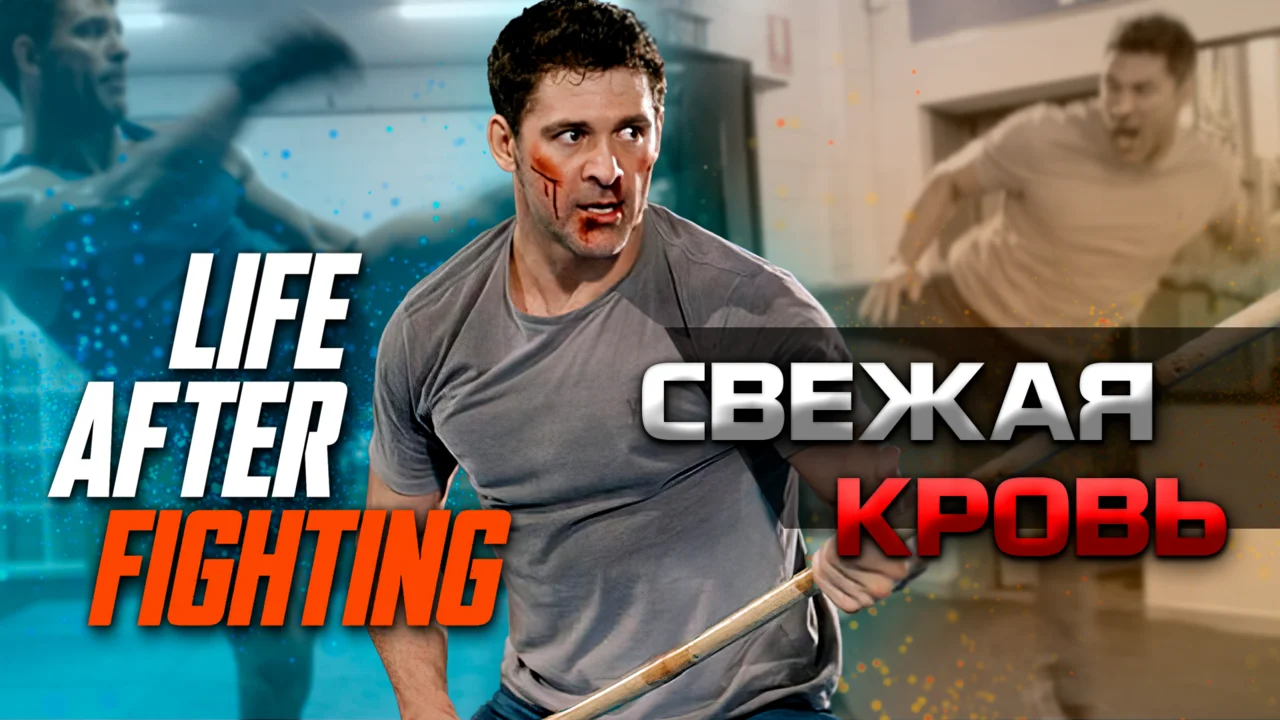
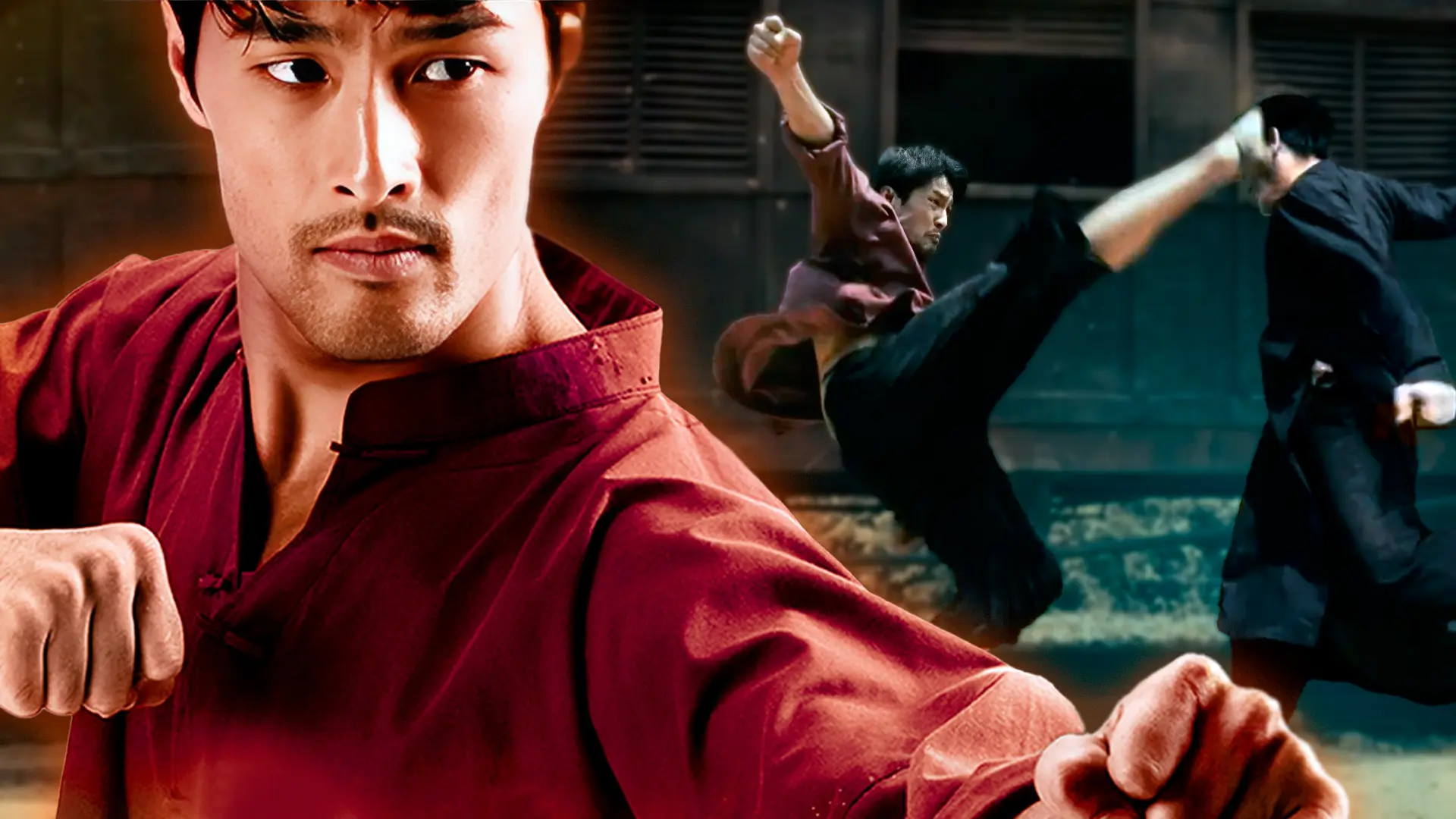
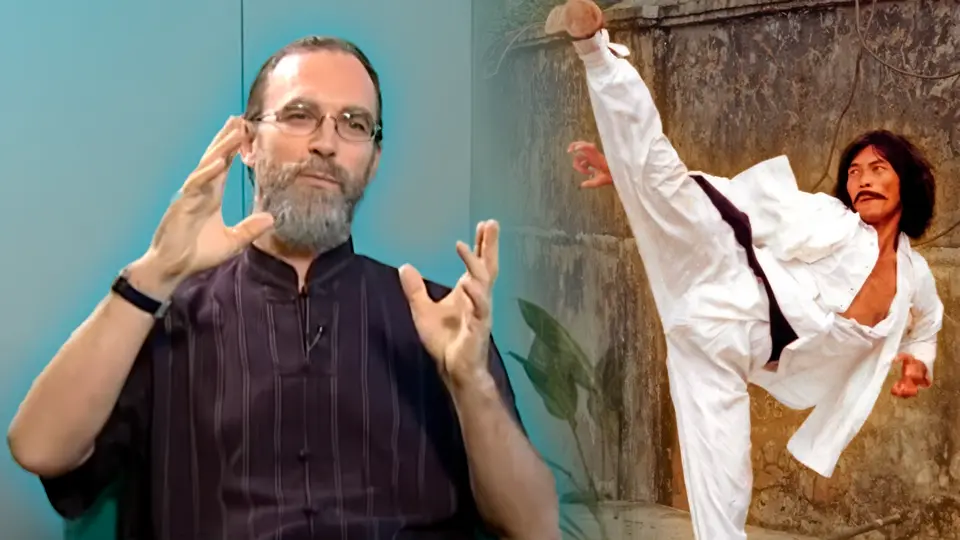
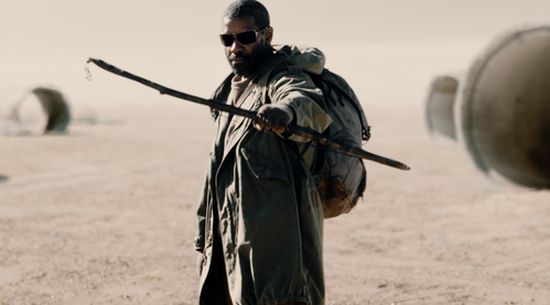
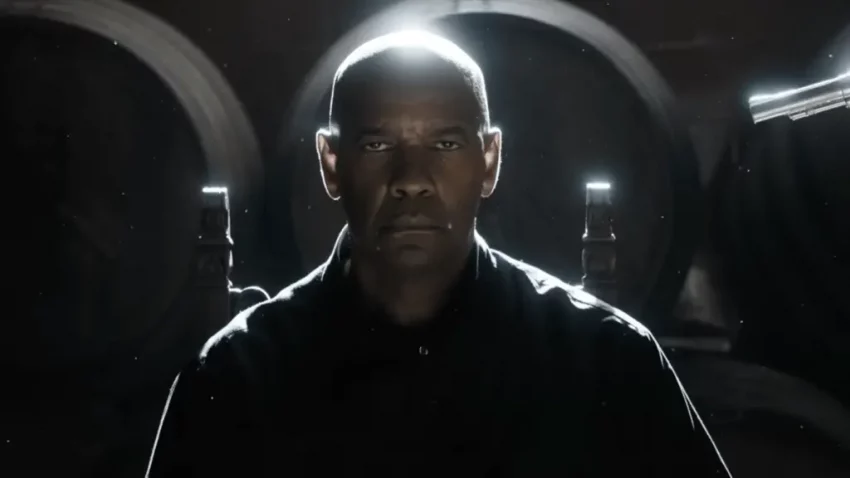
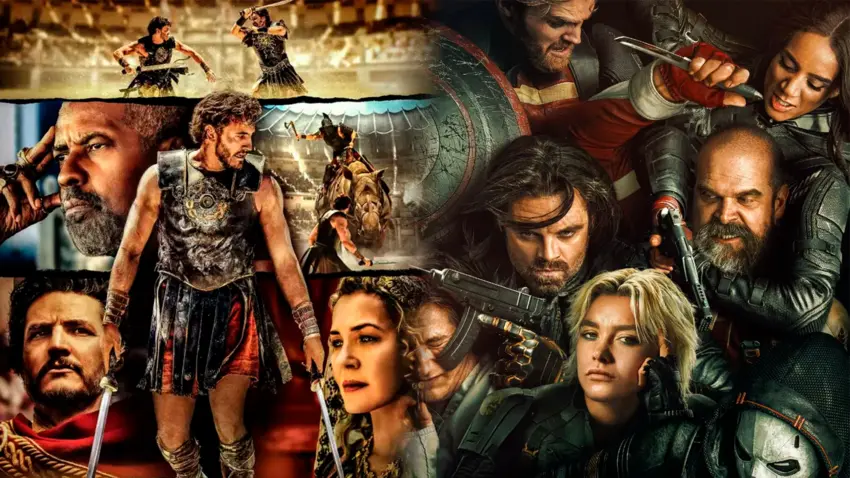
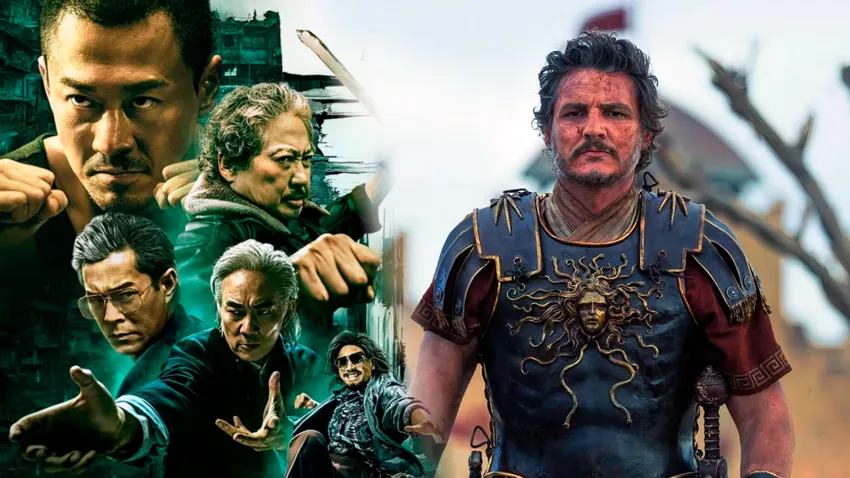
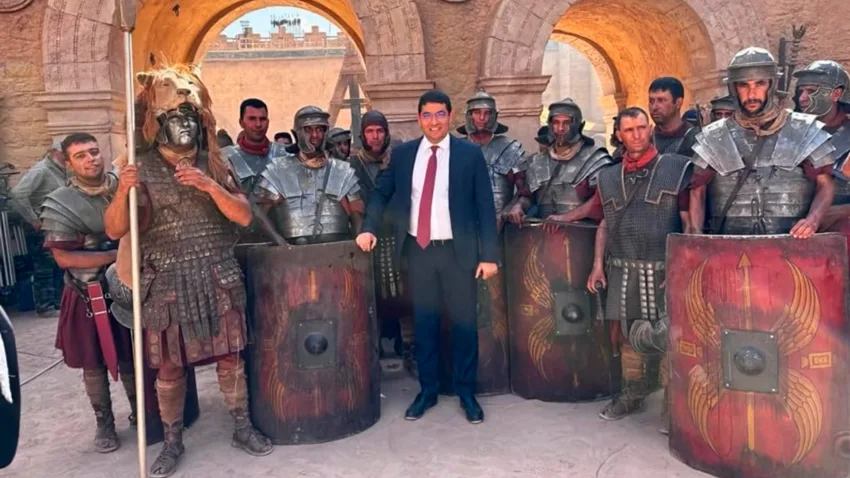

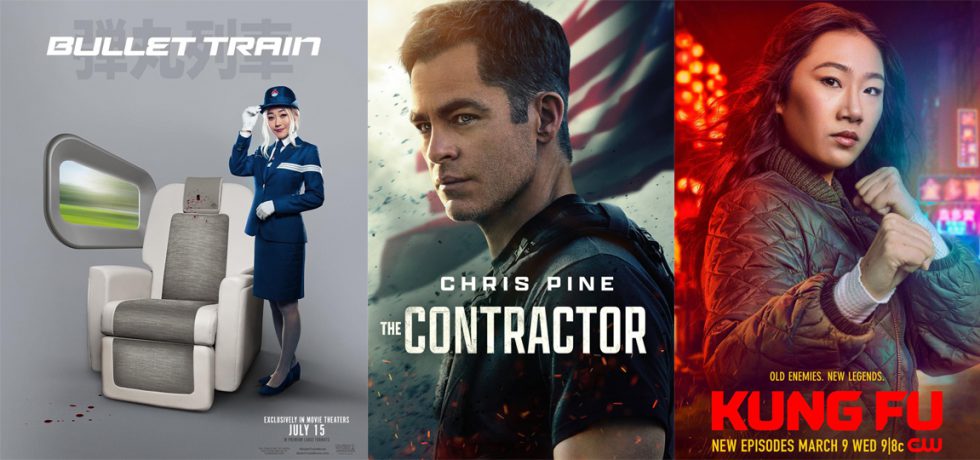
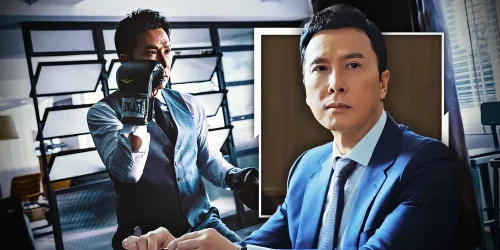
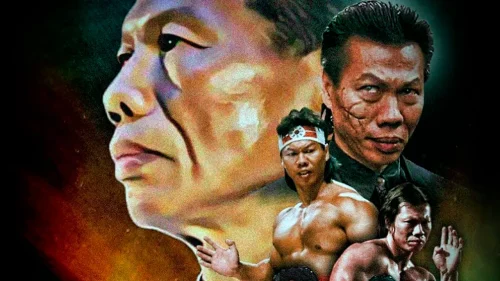

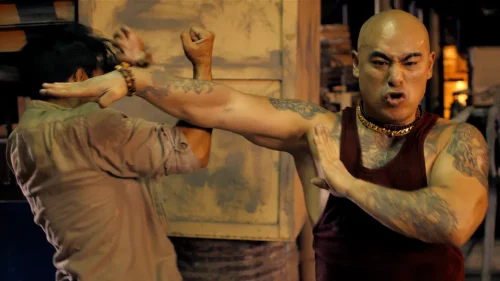


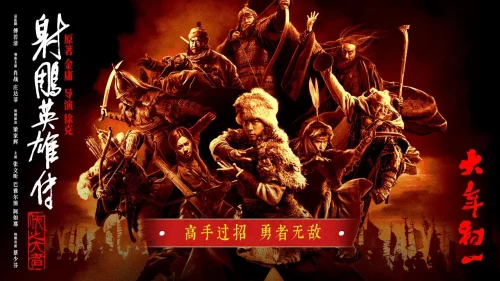
Спасибо вам ваши труды. Энтузиазм бесценен. Об экшне мало ресурсов. И ваша популяризация необходима…
С новым годом Вас всех, причастных к этому каналу, что я читаю уже больше…
Сложно сказать где бы Марко Сарор плохо смотрелся.)
В роли Крэйвена хорошо бы смотрелся Марко Сарор. Высокого роста, атлетичный, хорошо двигается. 100%…